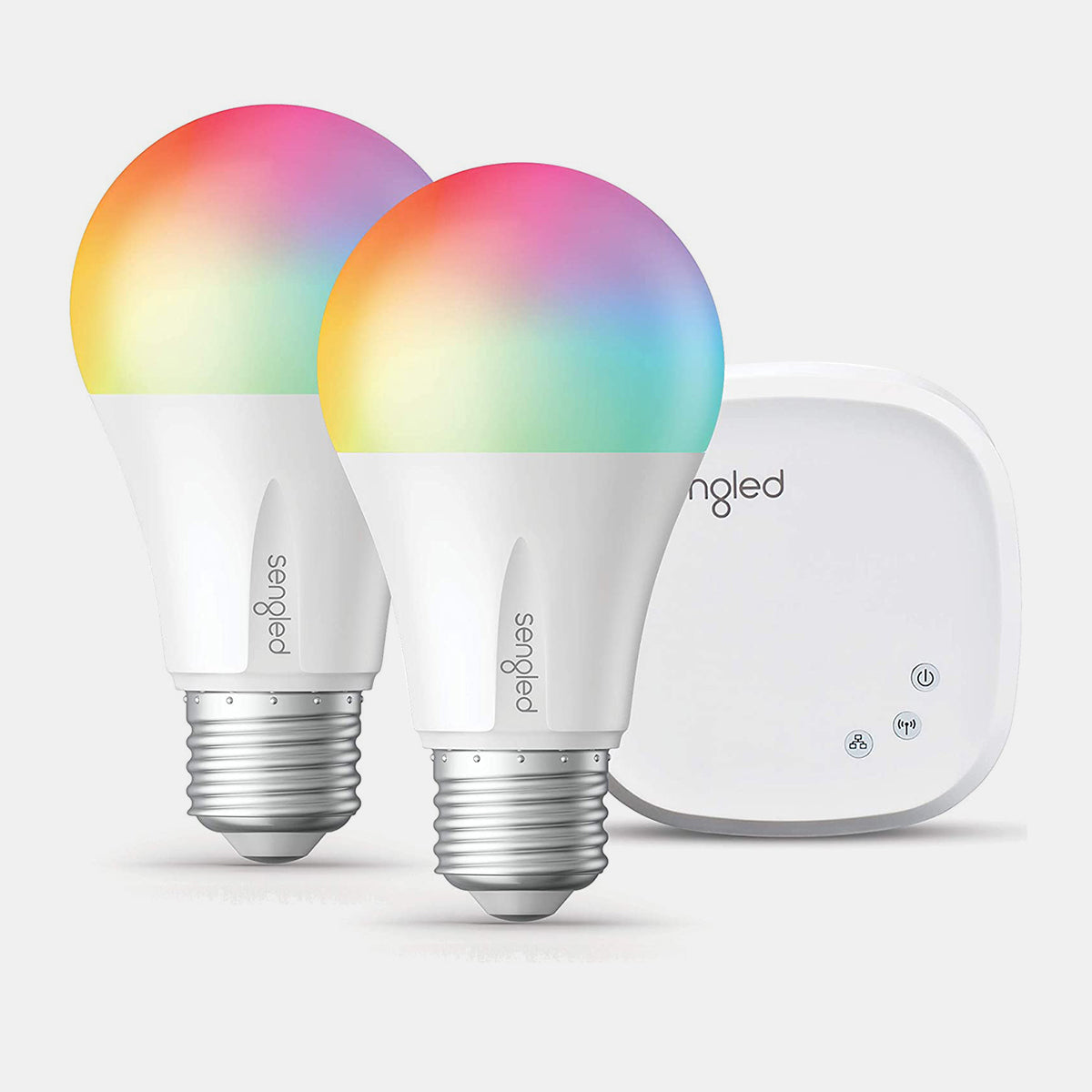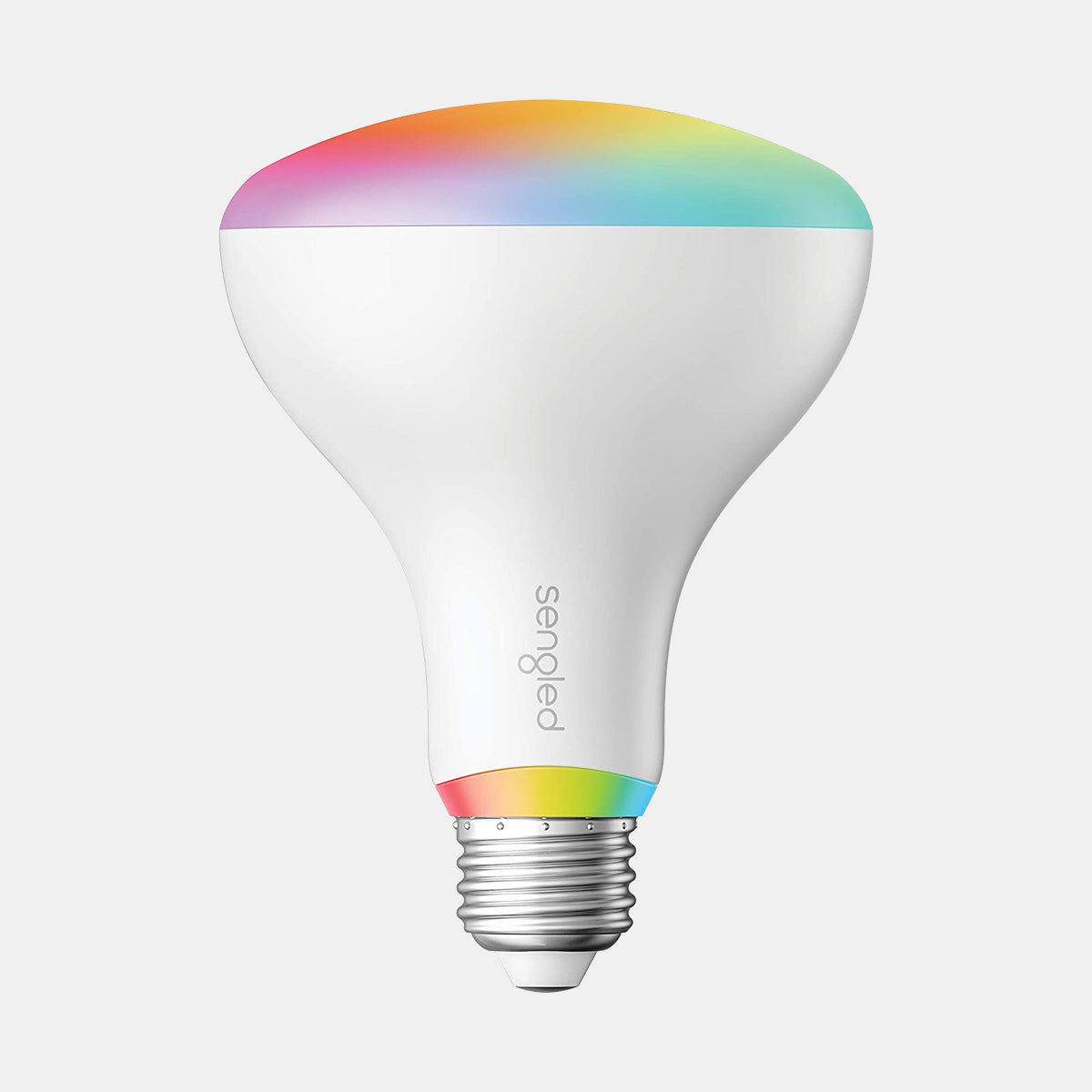Each year, April’s Earth Day celebration prompts many of us to resolve to live greener and more sustainably. But, like our New Year’s resolutions, many of those grand plans don’t make it past the first few weeks. Why? Because changing habits is hard. It requires stepping out of our comfort zone and making an additional effort.
And, let’s be honest: one day of planting trees, collecting trash along the roadway or donating to a conservation organization is nice, but it’s not going to solve for long-term sustainable living.
If you’re looking to live greener with minimal effort, here are 5 easy ways to make a substantial dent in your carbon footprint—and (bonus!) your household bills.
- Switch to smart lighting. We already know that switching to LED light bulbs is saving 50 million megawatts of energy a year in the U.S. Amplify those savings by going one step further and installing smart LED lighting, like Sengled’s Element system, which lets you control up to 50 bulbs, schedule on/off routines, dim and adjust color temperatures from the palm of your hand. In the time it takes to screw in a lightbulb, you can cut energy use and costs dramatically (while measuring your savings with the handy mobile app) and not worry about changing another bulb for the next 20 years.
- Adjust ceiling fans seasonally. Taking 30 seconds to simply flip the switch that reverses the blades twice a year helps your heating and A/C system work more efficiently. Creating a downdraft in summer helps cool the room better, allowing you to turn down the A/C. In the winter, switch the direction, and the fan creates a convective current, drawing cool air up and, since warm air rises, forcing it down from the ceiling to keep you warmer.
- Add a bidet to your toilet. Americans use 36.5 billion rolls of toilet paper annually, sacrificing millions of trees, billions of gallons of water and terawatts of energy to produce those rolls, not to mention the resources used in packaging and transport. By adding a less-than-$30 bidet attachment to your existing toilet, you’ll use and buy less TP, cut your expenses and help to save an estimated 15 million trees annually while reducing water consumption.
- Switch to an on-demand water heater. Traditional tank-style water heaters use gas or electricity to keep water hot continuously, even when it’s not needed, wasting energy and money. By contrast, on-demand water heaters heat the water only when it’s needed. While this upgrade is a bit more involved, it’s typically a one-time investment that’s well worth it: tank-less water heaters can last more than 20 years (compared to just 10 for the tank-style) and are up to 34% more energy efficient, reducing energy consumption and landfill waste.
- Drive a stake in the heart of “vampire” devices. Many electronics, such as TVs, cable boxes, game consoles and even chargers and power adapters, draw electrical current even when they’re turned off or not in use (look around—see all those tiny indicator lights? Those are indications that it’s drawing juice). Americans spend $19 billion a year on this phantom load—or about $165 per household on average. But, unplugging everything after each use is a pain in the neck and hard to remember. Instead, plug those devices into a “vampire” arresting power strip. Similar to a conventional surge-protecting power strip, a vampire arrester fully cuts the power to everything plugged into its outlets, eliminating this invisible energy consumption and saving you money.
By making these few simple switches, it’s easy for anyone to dramatically reduce their environmental impact—and their household expenditures—to live greener all year-round.
















Leave a comment
All comments are moderated before being published.
This site is protected by hCaptcha and the hCaptcha Privacy Policy and Terms of Service apply.